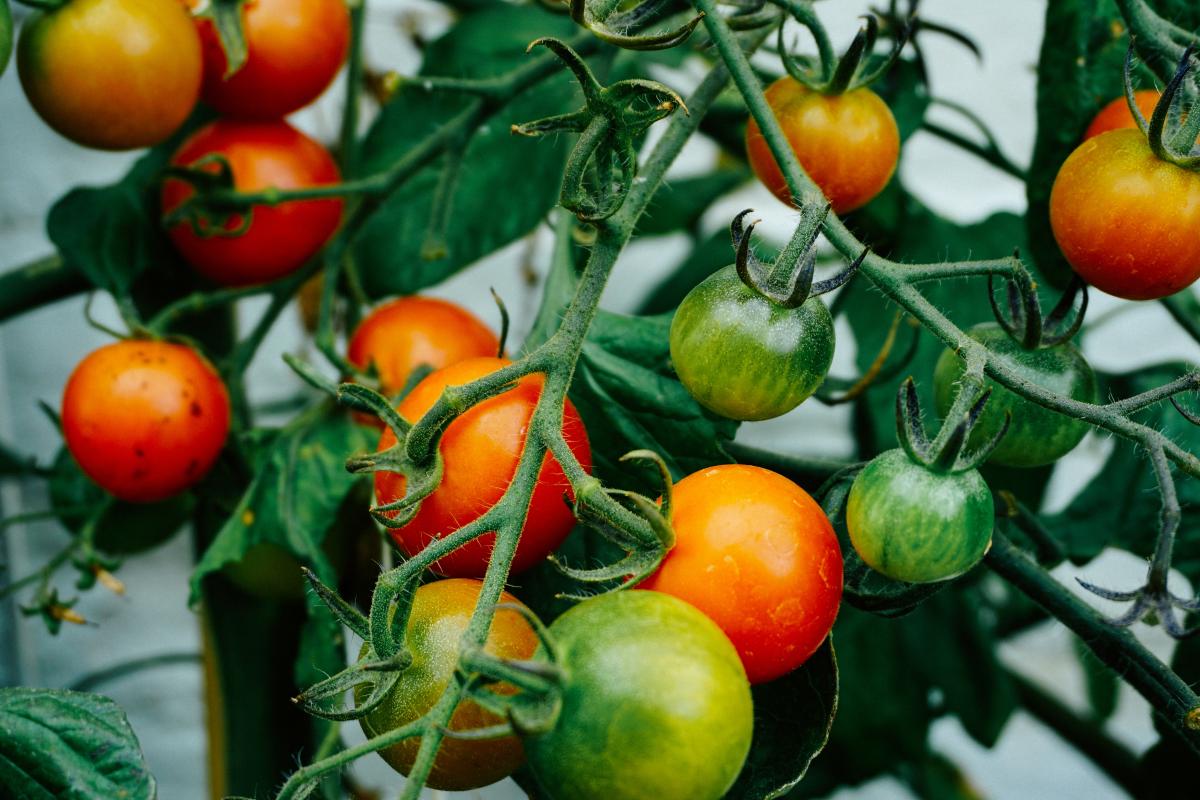
Students will explore the different types of mouth parts and how their feeding needs are met. Students will 'pretend' to be insects with different mouth types and collect data on their success on

Students will explore the different types of mouth parts and how their feeding needs are met. Students will 'pretend' to be insects with different mouth types and collect data on their success on

In this lesson students will learn about the 3 types of matter and go on a matter scavenger hunt. After the scavenger hunt students will make graphs to show the different types of matter that they

Engage your students in this read-aloud lesson, integrating ELA, Math, and Computer Science. With prompting and support, students will be able to ask and answer questions about key details in a text

The students receive a sample population of "bears" and use the colors and ratios to determine the genotypes of the captive bears and their parents.

Students will use live seedlings and available information about seedling and the Sun's energy to determine the best location for the plant to thrive.

Teaching with phenomena is a great way to connect real world events with inquiry based learning in the classroom. In this lesson students will observe and investigate a phenomenon that involves the

The Mystery Box Investigation combines science concepts about properties of matter, how we use and identify matter based on its properties, and the mathematical concepts needed to calculate density

Students will have the opportunity to apply the skils of finding area of a rectangle and volume of rectangular prism when they determine the area and volume of garden beds at the school.

This lesson combines plant science with measurement and line plot graphing. Students will research plant needs through books and media to plan and conduct an experiment which tests different growing